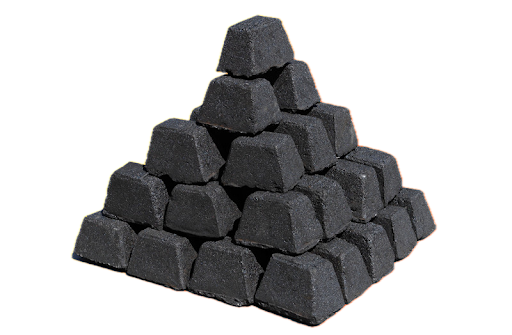How to Detect the Resistivity and Thermal Conductivity of Electrode Paste?
• Principle: Four equally spaced probes are in contact with the electrode paste sample. An external current is applied, and the voltage drops between different probes are measured to calculate the resistivity.
•Steps:
•Prepare a flat and uniform electrode paste sample.
•Ensure good contact between the probes of the four-probe device and the sample surface.
•Apply a stable current and measure the voltage drop.
•Calculate the resistivity based on the formula.
•Principle: A voltage is applied across both ends of the electrode paste sample, and the current passing through is measured to calculate the resistance, and thereby obtain the resistivity.
•Steps:
•Produce a cylindrical electrode paste sample with a certain length and cross-sectional area.
•Install electrodes at both ends of the sample and connect to the power supply and measurement instruments.
•Apply the voltage and record the current value.
•Calculate the resistivity.

•Principle: Using a thermal conductivity tester, usually adopting the steady-state method or the transient method. The steady-state method calculates the thermal conductivity by establishing a stable temperature gradient across the sample and measuring the heat flow and temperature difference; the transient method determines the thermal conductivity by applying an instantaneous heat pulse and monitoring the temperature change over time.
•Steps:
•Prepare a sample of electrode paste in a regular shape.
•Install the sample in the test chamber of the thermal conductivity tester.
•Set the test conditions, such as temperature and heating power.
•Start the test, obtain the data and calculate the thermal conductivity.
•Principle: Conduct a comparative test of the electrode paste to be detected with a standard material of known thermal conductivity.
•Steps:
•Prepare samples of the same size for both the electrode paste and the standard material simultaneously.
•Measure their heat transfer characteristics under the same test conditions.
•Estimate the thermal conductivity of the electrode paste by comparison with the standard material.
Whether detecting resistivity or thermal conductivity, the following points should be noted during the testing process:
1.The preparation of the sample should ensure homogeneity and representativeness to reduce measurement errors.
2.The test environment should be stable, and the influences of factors such as temperature and humidity should be controlled.
3.Instrumentation and equipment should be calibrated regularly to ensure measurement accuracy.





